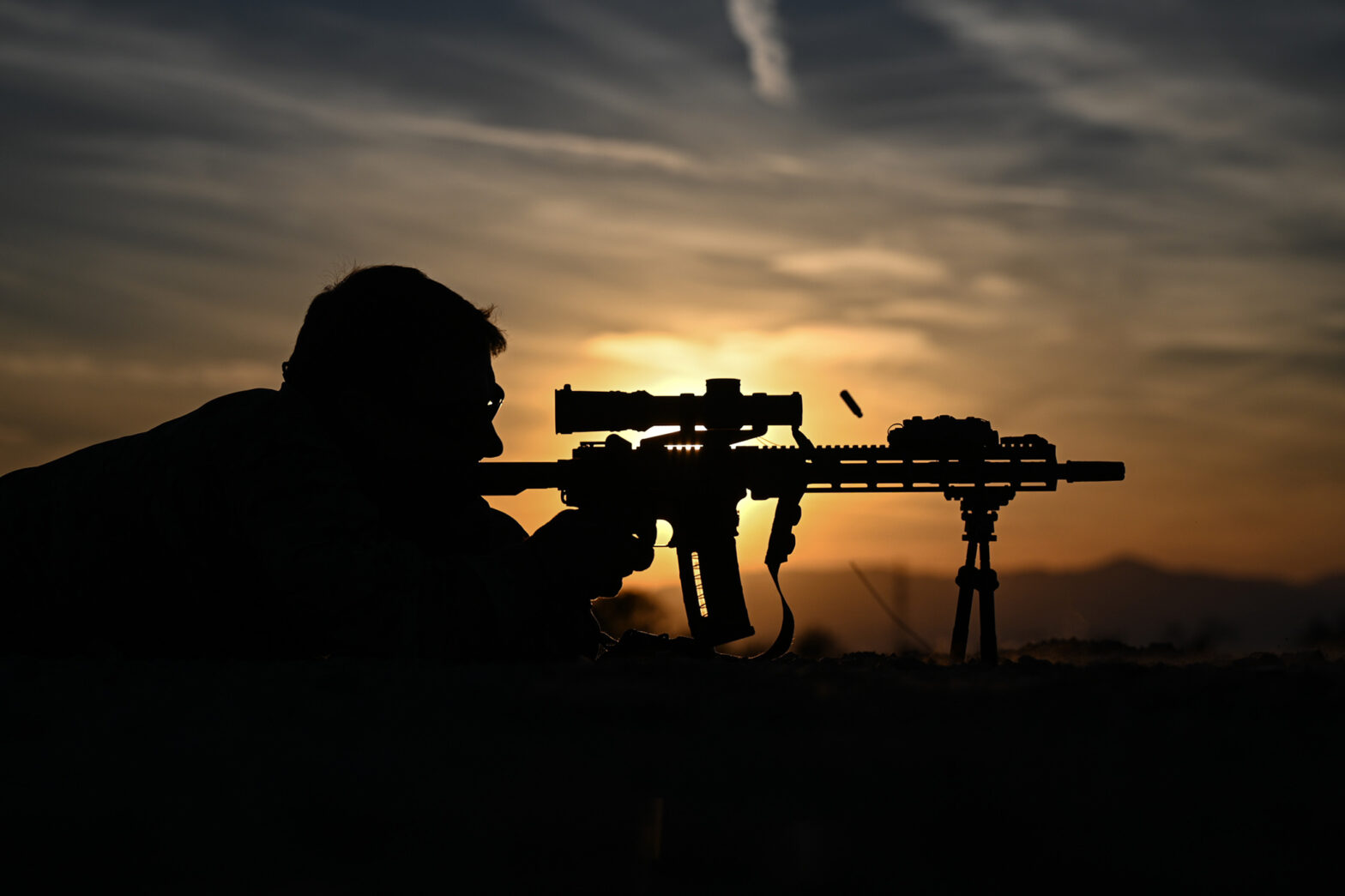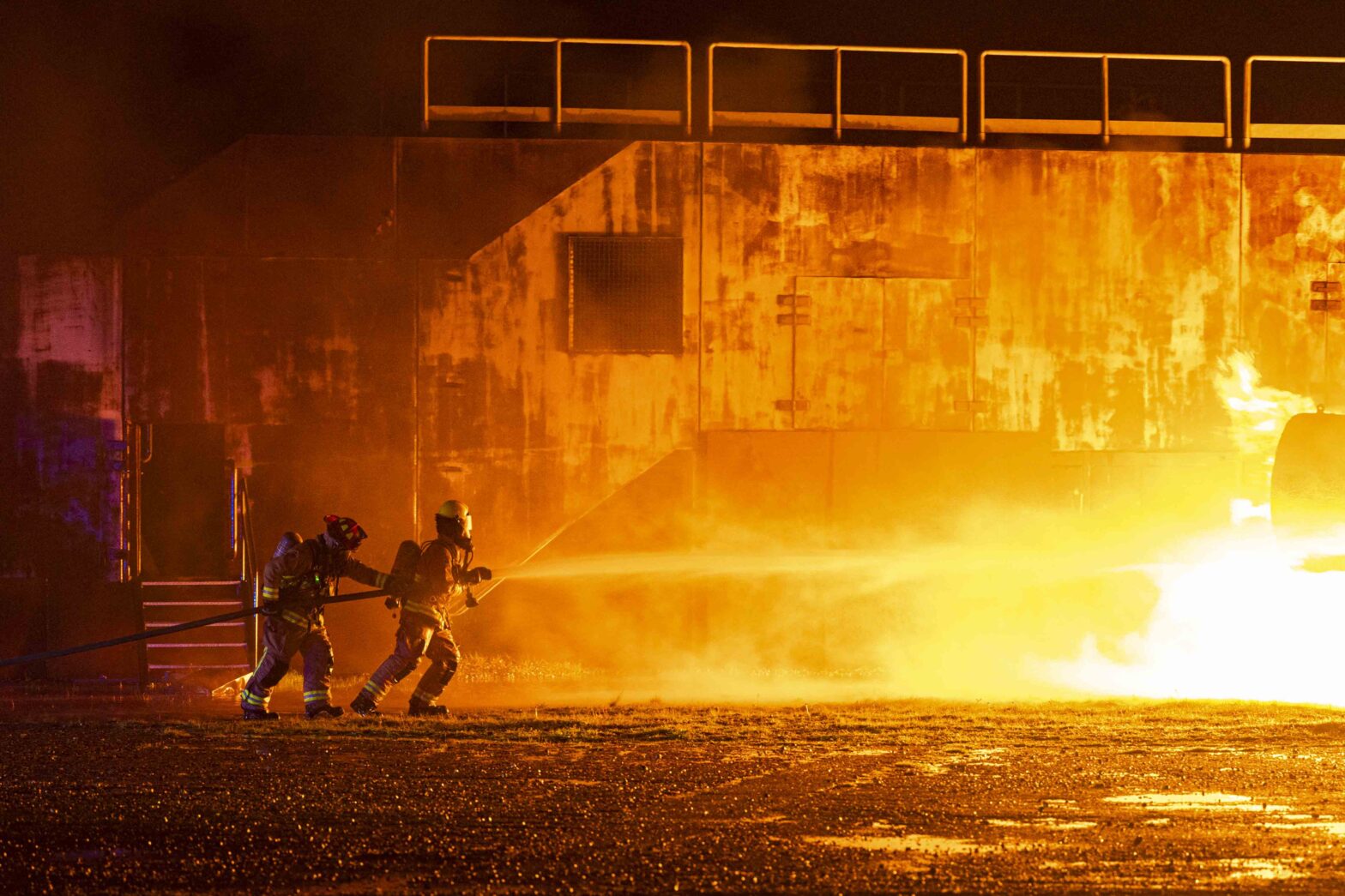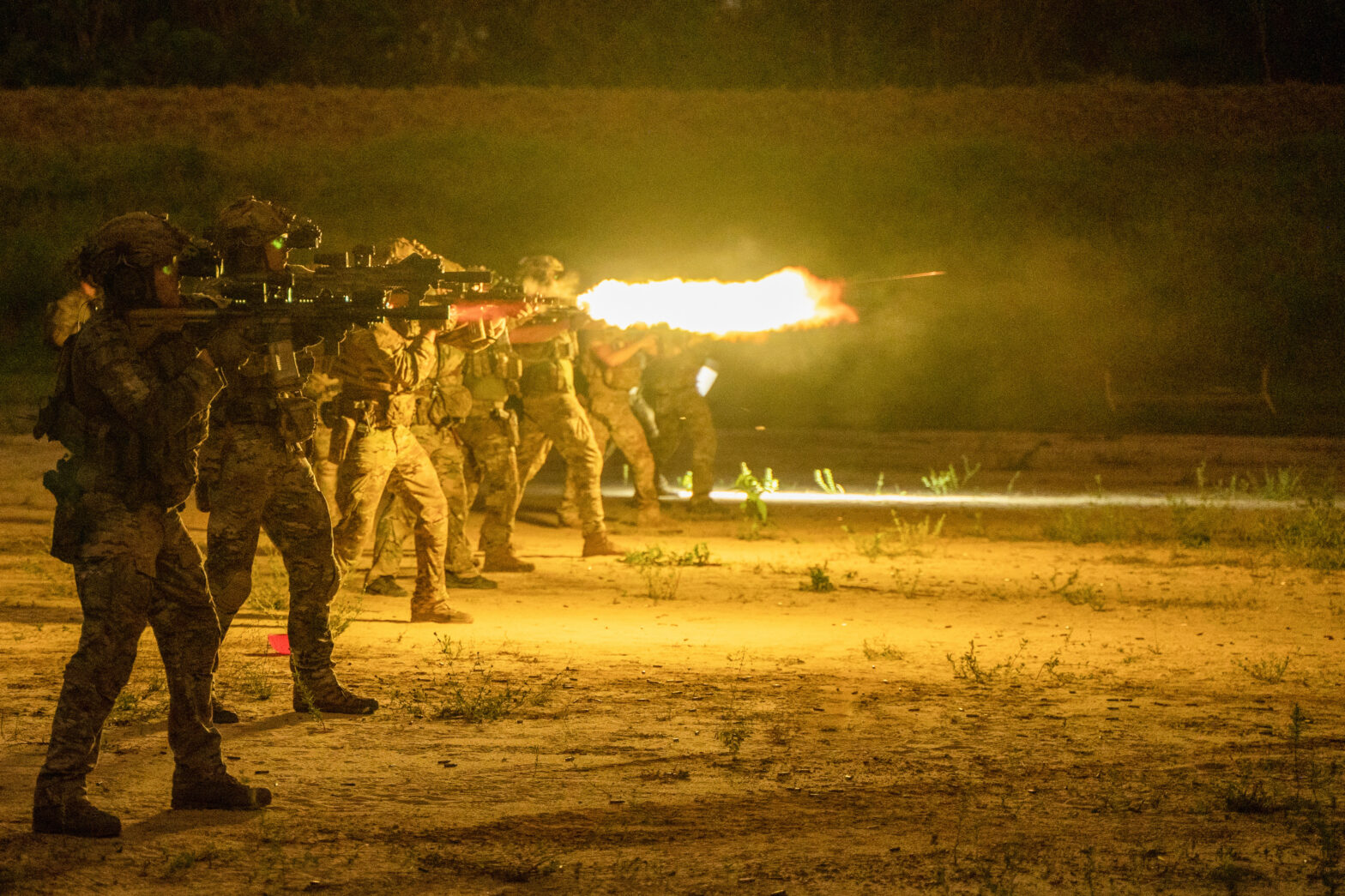Tactical athletes must maintain a high level of performance under no vision conditions. When visual cues are removed, there is a shift to increased dependence on the auditory, vestibular, and somatosensory systems for situational awareness. Maintaining communication with your team in these situations typically involves verbal (auditory system) and tactile (somatosensory system) cues. To maintain… Continue reading Own the Night
Author: Dani Fennerty
Maintaining Position Against an External Force
Force = Mass x Acceleration. Maintaining position against an external force requires the ability to counteract both the mass and the acceleration components. You need to have the physical output capabilities, like strength, to hold your position. But strength alone isn’t enough to hold your position. Take bull riders for example. In order to stay… Continue reading Maintaining Position Against an External Force
Customize Chaos – 10 Visual Chaos Variables
There are 10 variables I look at to customize visual chaos training. I put these together for you to be able to look at the variables and identify which you want to add, remove, and adjust to train with specificity. You can get the PDF download of this list HERE. 1. Target size – large… Continue reading Customize Chaos – 10 Visual Chaos Variables
Peripheral Target Centralization
You want two things to happen when centralizing on a peripheral target: Because the faster you can turn your head and keep that target in focus, the faster you can accurately engage it. Rapid centralization of a peripheral target requires your vestibular system. To maintain that peripheral target focus as you move your head, your… Continue reading Peripheral Target Centralization
Training Speed and Precision with Divided Focus
A foundational capability for you as a tactical athlete is the ability to execute with a divided focus. I strip training this into two parts, where I isolate and then integrate. Isolating the eye movements of a divided focus while stationary is the first step. I train speed of the eyes moving target to target… Continue reading Training Speed and Precision with Divided Focus
Background Systems
When executing in conditions with high cognitive demands, you need certain sensory systems to be working at a high level in the background. I think of your vestibular and somatosensory systems primarily as background systems, meaning they shouldn’t have your attention often. When functioning at a high level, these systems allow your attention to be… Continue reading Background Systems
Identify the Consistent Variables
When preparing for the unpredictable, we must identify the consistent variables. But there will always be unforeseeables. Because of this, we focus on what skills will translate across scenarios. We build the strongest foundation from which to execute. In the gym you optimize foundational movements – push, pull, squat, lunge, hinge, and carry. You put… Continue reading Identify the Consistent Variables
5x Faster
The earliest visual responses occur at a substantially longer latency (about 80msec) compared to vestibular responses (about 14msec). [1] This isn’t to diminish the importance of the visual system, but rather emphasize the importance of optimizing your vestibular system to enhance your performance. If you are visually dependent on your movement control and situational awareness,… Continue reading 5x Faster
Sensory Recovery
When performing or training under conditions of chaos there is a huge demand on your sensory systems and processing. Look at it this way. Processing speed = Δ (visual, auditory, vestibular, and somatosensory inputs)/Δ time With your job you have a lot of variables at the top of this equation, and the bottom of the… Continue reading Sensory Recovery
Training to Your Ceiling of Potential
I look at performance being made up of two components; There are a lot of variables that affect our ceilings of potential. Some things are within our control, others not. My ceiling of potential for a max deadlift as a 5’6” 130lb female is different than that of a 6’5” 280lb male. I can potentially… Continue reading Training to Your Ceiling of Potential









